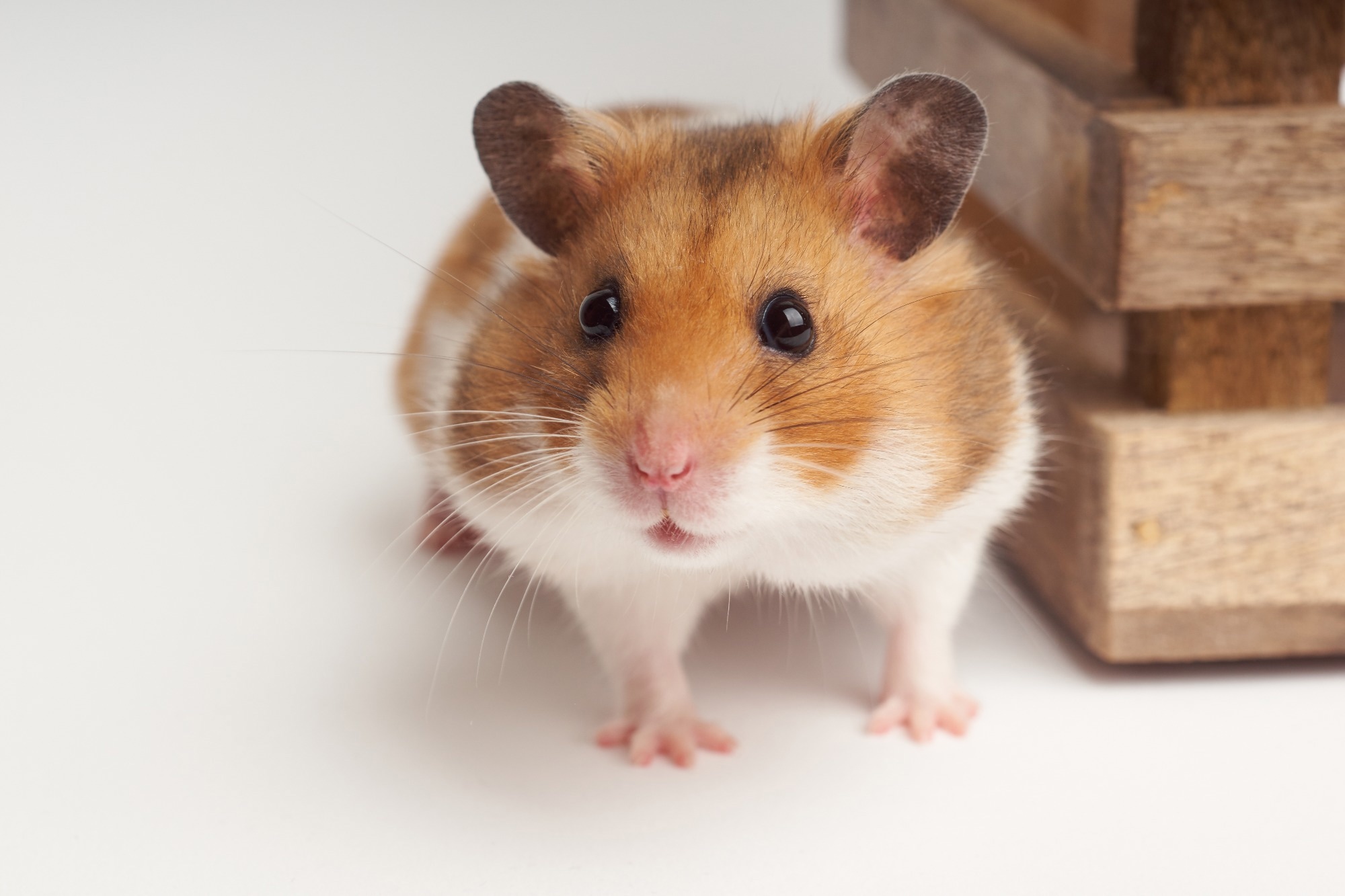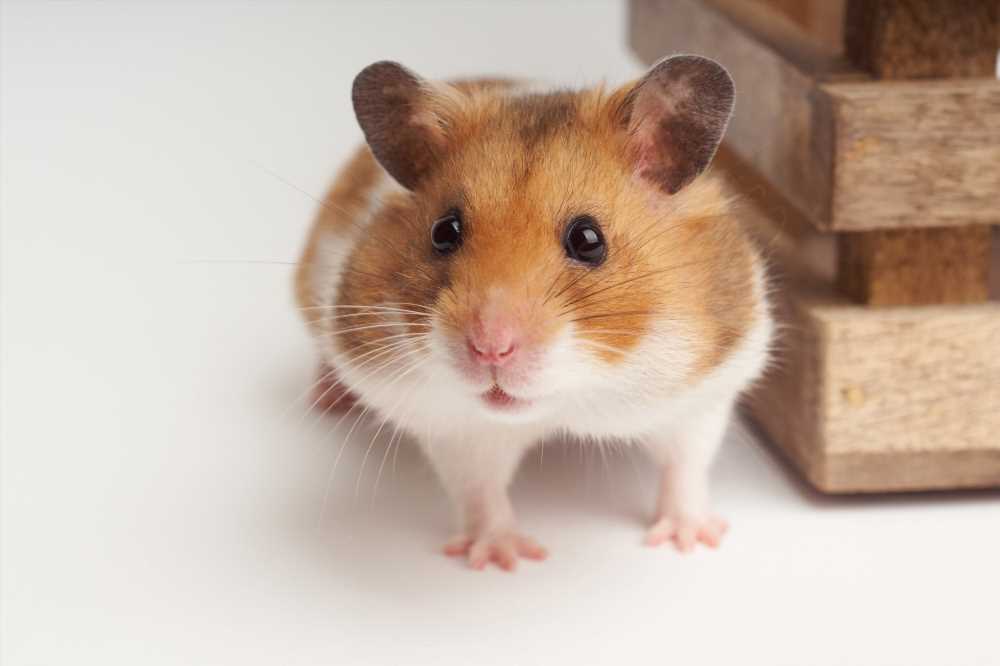In a recent study posted to the bioRxiv* preprint server, researchers reported that a single-dose therapeutic interfering particle (TIP) lowers severe acute respiratory syndrome coronavirus 2 (SARS-CoV-2) pathogenesis and shedding among hamsters.

Background
The significant transmissibility of SARS-CoV-2 is one of the major causes of the ongoing coronavirus disease 2019 (COVID-19) pandemic. While current interventions, such as COVID-19 vaccines, prevent severe illness and mortality, they show varying degrees of efficacy in stopping the viral spread, most likely because they have insufficient antiviral impacts on the respiratory mucosa. Prior reports depict that parenteral vaccinations for other viruses do not successfully halt mucosal viral shedding or transmission.
Similarly, small-molecule antivirals appear to have variable efficacy in stopping respiratory viral transmission, even for SARS-CoV-2, despite successfully lowering viral-illness pathogenesis. Hence, therapies addressing viral replication sites may be more efficacious for limiting respiratory virus transmission.
The present study's authors recently discovered intranasally delivered TIPs based on messenger ribonucleic acid (mRNA), reducing SARS-CoV-2 replication in a single dose. These TIPs demonstrated a substantial resistance barrier and prevented severe COVID-19 in hamsters.
About the study
Since respiratory tissues for SARS-CoV-2, where the highest burden of viral replication exists, are the tissues that the priorly developed TIPs intrinsically target, in the current work, the researchers explored the possibility of TIP intervention to decrease SARS-CoV-2 shedding, thereby limiting viral transmission between hamsters.
The team used the Syrian golden hamster model of COVID-19 based on a previously described experimental strategy to examine whether TIPs diminish SARS-CoV-2 transmission. They verified the transmission results obtained with the SARS-CoV-2 Delta (B.1.617.2) variant in an analogous hamster transmission assessment using the archival SARS-CoV-2 WA-1 strain.
Further, the scientists added TIPs to an existing mathematical model of viral dynamics to examine if interactions of TIP-treated animals also displayed decreased viral shedding. Subsequently, they extrapolated data from contact-animal nasal-wash information to forecast the length of infectious viral shedding.
Notably, all live virus studies were conducted at the Gladstone Institutes or the Scripps Research Institute in containment facilities that met Biosafety Level 3 (BSL3) or Animal Biosafety Level 3 (ABSL3) requirements, respectively.
Results
The study results illustrated that source hamsters treated with TIP shed much less SARS-CoV-2 in daily nasal washes, as determined by infectious virus or viral RNA. Moreover, their nasal viral burdens degraded more quickly. Surprisingly, infectious virus shed from four of the five animals treated with TIP decayed beneath the limit of detection (LOD) on the fifth day post-infection. On the other hand, all control-treated source animals shed high viral titers by day 5. Likewise, contacts of TIP-treated animals showed lower nasal viral shedding than control-treated animals.
In addition, TIP therapy decreased SARS-CoV-2 ribonucleic acid (RNA) levels by more than two Logs and the infectious SARS-CoV-2 load by more than three Logs in the lungs. In line with earlier studies, contact hamsters had a higher virus load than source hamsters, probably associated with the inoculation method.
According to the study results, a single dose of TIP lipid nanoparticles (LNPs) delivered intranasally lowers SARS-CoV-2 shedding and transmission, protecting contact animals. The team predicted that while SARS-CoV-2's cell-to-cell spread was efficient, between-host TIP transmission will experience many bottlenecks and have a basic reproductive ratio (R0) << 1.
The researchers found that TIP therapy decreases SARS-CoV-2 pathogenesis, shedding, and spread of different viral strains, including the WA-1 sequence and the Delta variant of concern (VOC). Besides, they noted that post-exposure TIP therapy of infected hamsters reduces transmission by lowering the duration and level of virus shed in both contact and source animals.
Conclusions
The authors reported that a single post-exposure TIP dose reduces SARS-CoV-2 nasal shedding. Additionally, by five days after infection, four of five infected animals have infectious virus shed below detection thresholds.
Furthermore, TIPs lessen SARS-CoV-2 WA-1 strain or Delta variant transmission from infected to non-infected hamsters. Compared to animals co-housed with infected, untreated animals, contact hamsters co-housed with infected, TIP-treated animals showed considerably low viral loads, no severe lung damage, diminished inflammatory cytokines, and shorter shedding durations.
The study findings suggested TIPs as a potential countermeasure for reducing SARS-CoV-2 transmission. The study demonstrated that a single delivery of TIP LNPs based on mRNA after viral exposure decreases the duration and amount of SARS-CoV-2 shedding. The data showed that TIPs work against distinct archival SARS-CoV-2 variants, i.e., WA-1, and more recent highly pathogenic VOCs, like the Delta variant.
*Important notice
bioRxiv publishes preliminary scientific reports that are not peer-reviewed and, therefore, should not be regarded as conclusive, guide clinical practice/health-related behavior, or treated as established information.
- Sonali Chaturvedi, Nathan Beutler, Michael Pablo, Gustavo Vasen, Xinyue Chen, Giuliana Calia, Lauren Buie, Robert Rodick, Davey Smith, Thomas Rogers, Leor S. Weinberger. (2022). A single-administration therapeutic interfering particle reduces SARS-CoV-2 viral shedding and pathogenesis in hamsters. bioRxiv. doi: https://doi.org/10.1101/2022.08.10.503534 https://www.biorxiv.org/content/10.1101/2022.08.10.503534v1
Posted in: Medical Science News | Medical Research News | Disease/Infection News
Tags: Cell, Coronavirus, Coronavirus Disease COVID-19, covid-19, Cytokines, Efficacy, Lungs, Molecule, Mortality, Nanoparticles, Pandemic, Research, Respiratory, Respiratory Virus, Ribonucleic Acid, RNA, SARS, SARS-CoV-2, Severe Acute Respiratory, Severe Acute Respiratory Syndrome, Syndrome, Virus

Written by
Shanet Susan Alex
Shanet Susan Alex, a medical writer, based in Kerala, India, is a Doctor of Pharmacy graduate from Kerala University of Health Sciences. Her academic background is in clinical pharmacy and research, and she is passionate about medical writing. Shanet has published papers in the International Journal of Medical Science and Current Research (IJMSCR), the International Journal of Pharmacy (IJP), and the International Journal of Medical Science and Applied Research (IJMSAR). Apart from work, she enjoys listening to music and watching movies.
Source: Read Full Article
